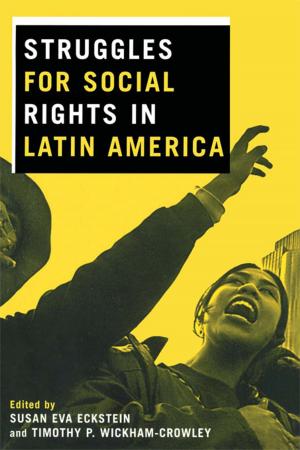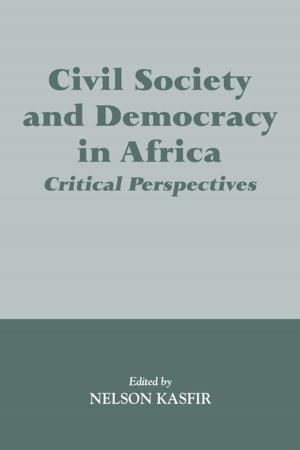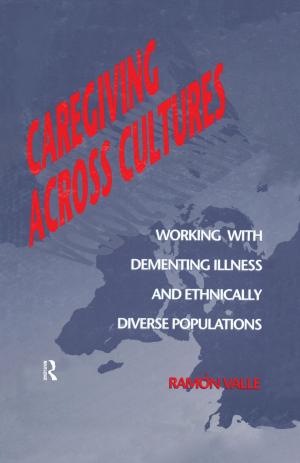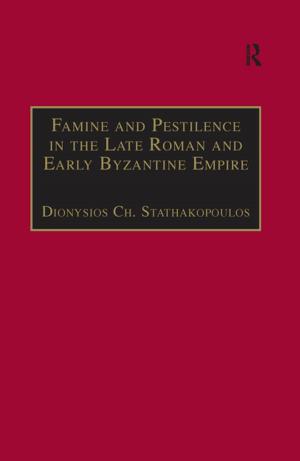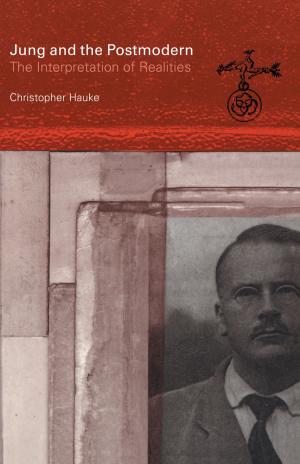| Author: | ISBN: | 9781135053734 | |
| Publisher: | Taylor and Francis | Publication: | June 27, 2014 |
| Imprint: | Routledge | Language: | English |
| Author: | |
| ISBN: | 9781135053734 |
| Publisher: | Taylor and Francis |
| Publication: | June 27, 2014 |
| Imprint: | Routledge |
| Language: | English |
This edited collection charts the development of contemporary dance in Central and Eastern Europe since the literal and symbolic revolutions of 1989.
Central Europe and the former Soviet Bloc countries were a major presence in dance – particularly theatrical dance – throughout the twentieth century. With the fragmentation of traditional structures in the final decade of the century came a range of aesthetic and ideological responses from dance practitioners. These ranged from attempts to reform classical ballet to struggles for autonomy from the state, and the nature of each was influenced by a set of contexts and circumstances particular to each country.
Each contribution covers the strategies of a different country’s dance practitioners, using a similar structure in order to invite comparisons. In general, they address:
- Historical context, showing the roots of contemporary dance forms
- The socio-political climates that influenced emerging companies and forms
- The relationships between aesthetic exploration and institutional patronage
- The practitioners who were central to the development of dance in each country
- A diagnosis of the current state of the art and how it has come about
The book’s main through-line is the concept of community, and how all of the different approaches that it documents have in some way engaged with this notion, consciously or otherwise. This can take the form of oppositional relationships, institutional formations, or literally, in identifiable communities of dancers and choreographers.
This edited collection charts the development of contemporary dance in Central and Eastern Europe since the literal and symbolic revolutions of 1989.
Central Europe and the former Soviet Bloc countries were a major presence in dance – particularly theatrical dance – throughout the twentieth century. With the fragmentation of traditional structures in the final decade of the century came a range of aesthetic and ideological responses from dance practitioners. These ranged from attempts to reform classical ballet to struggles for autonomy from the state, and the nature of each was influenced by a set of contexts and circumstances particular to each country.
Each contribution covers the strategies of a different country’s dance practitioners, using a similar structure in order to invite comparisons. In general, they address:
- Historical context, showing the roots of contemporary dance forms
- The socio-political climates that influenced emerging companies and forms
- The relationships between aesthetic exploration and institutional patronage
- The practitioners who were central to the development of dance in each country
- A diagnosis of the current state of the art and how it has come about
The book’s main through-line is the concept of community, and how all of the different approaches that it documents have in some way engaged with this notion, consciously or otherwise. This can take the form of oppositional relationships, institutional formations, or literally, in identifiable communities of dancers and choreographers.




